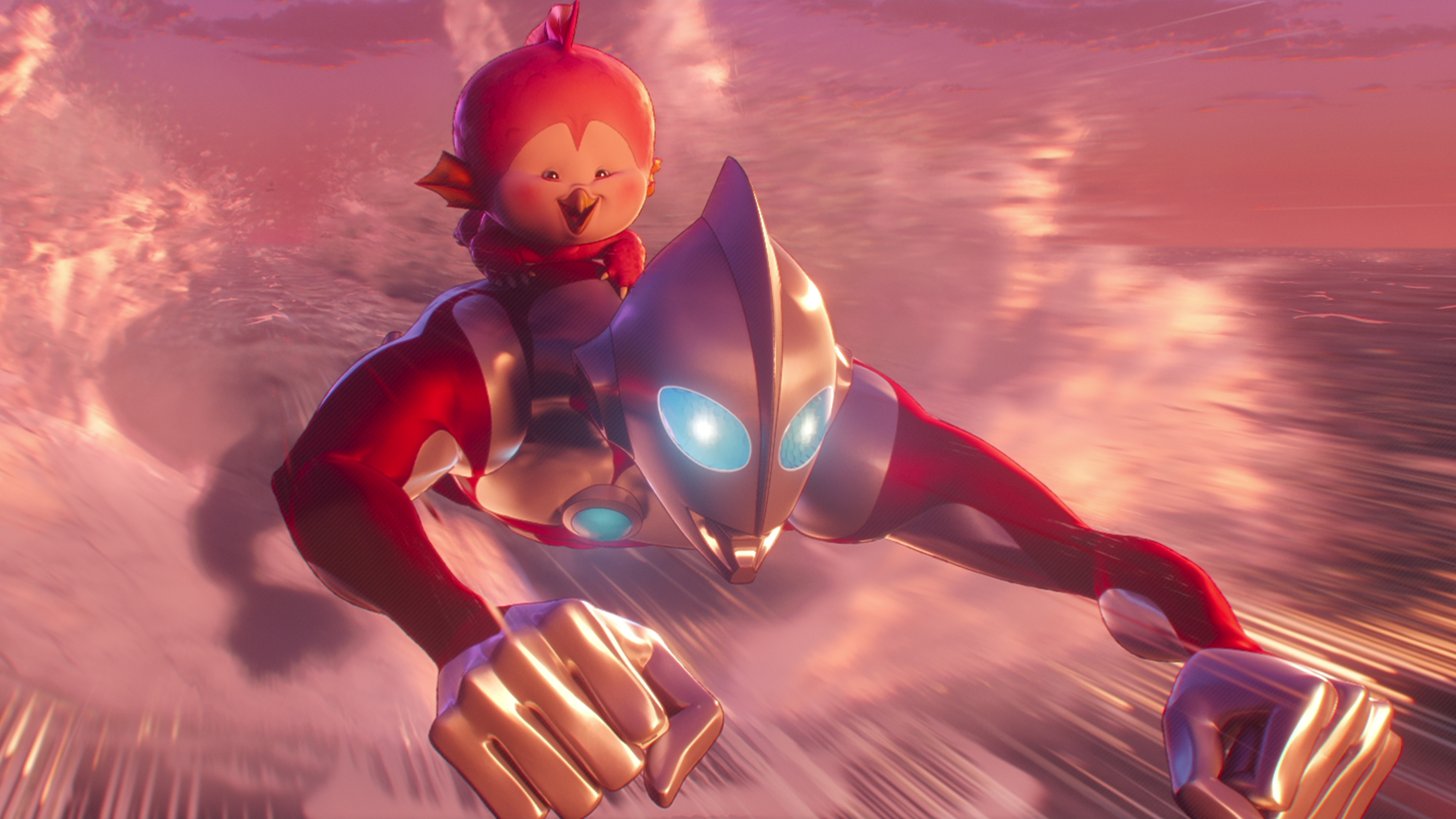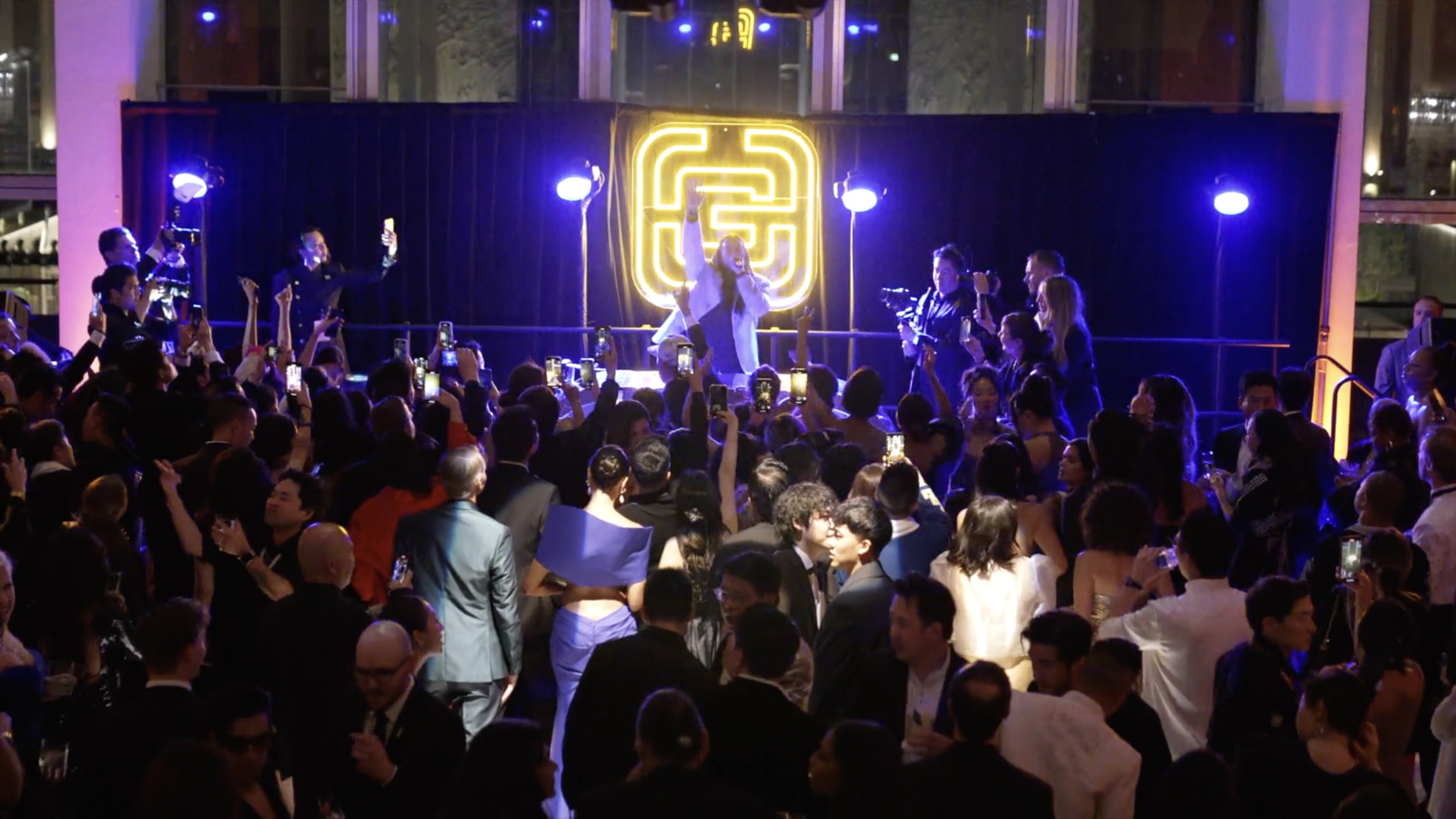
Courtesy of U.S. Navy/Brian K. Fromal
By Julie Ha
There were a tense few moments on Sept. 14 when the crew of the USS Anzio came across an unidentified vessel off the coast of Somalia. The Anzio is the flagship for a multinational naval force formed in January to patrol the area, where pirates from the politically unstable Somalia have attacked freighters, yachts and cruise ships. Normally, vessels in these waters know to fly a national flag, so others can ascertain if they are friend or foe. Not seeing a flag on the boat, the bridge of the United States guided-missile cruiser mobilized its counter-piracy plan, deploying its helicopter and ordering sailors to their gunning stations.
One of those sailors, Jae Yoon Choi, immediately went to the bridge wing to man his M-240 machine gun. Then, he got a tap on his shoulder. It was the commander of the counter-piracy naval force, Rear Admiral Scott E. Sanders. Sanders needed the 22-year-old sailor, the lone person onboard who was fluent in Korean, to become the ship’s voice and attempt communication with the unidentified ship. Choi proceeded to the bridge, got on the radio and was able to find out that the mystery vessel was just a South Korean fishing boat with a valid license. The fishermen said their flag had been blown away by high winds. “For those 20 minutes, Petty Officer Choi was the most important person on the whole ship,” Sanders would later say.
Fortunately, most days aren’t as intense as this one for Choi, who normally is in charge of managing helicopter maintenance parts. He talked with KoreAm last month about what it’s like being part of a crew that protects the sea from modern-day pirates.
What can you share about your ship’s mission?
[My shipmates and I] work very hard to keep people safe and the sea lanes open. Our mission of “counter-piracy” around the coast of Somalia is a challenging one, but it is a mission we are proud [of].
Has your ship actually captured pirates or had to engage in combat with any?
We’ve had lots of unknown surface contacts. Every time we had those contacts, we deployed our helicopter, boarding team and Small Caliber Arms Team. Fortunately, we didn’t have a chance to engage those contacts. I heard that the ship before us [patrolling this area] actually captured pirates.
Why did you join the Navy?
I really wanted to have experiences [that] would help me be a part of American society. I was born and raised in Seoul. I moved to Queens, N.Y., with my parents and younger brother nine years ago. There is a lot I can learn from the Navy, such as teamwork, useful skills, honor, courage and commitment. And I’m able to travel the world. Currently the Navy is paying for my college… and I got U.S. citizenship. These things are really important because my goal after the Navy is to be an FBI agent.
It must have been stressful when your ship was faced with the unidentified vessel in September.
When I was up there talking [with the South Korean boat], it was really the most nerve-wracking moment, but Rear Admiral Sanders talked to me about how important my job was.
Did you ever think your Korean-language skills would come in so handy?
I’ve been waiting for the moment to use my Korean. I received the maximum score for the language test in boot camp. I didn’t think that I would have a chance to use it during this mission at all. Who would have thought a Korean ship would be around the Somalia coast?
Do you miss land?
Oh, yes! I can’t wait until I get back home and have my mom’s [cooking]. Did I tell you that my mom is a chef?







